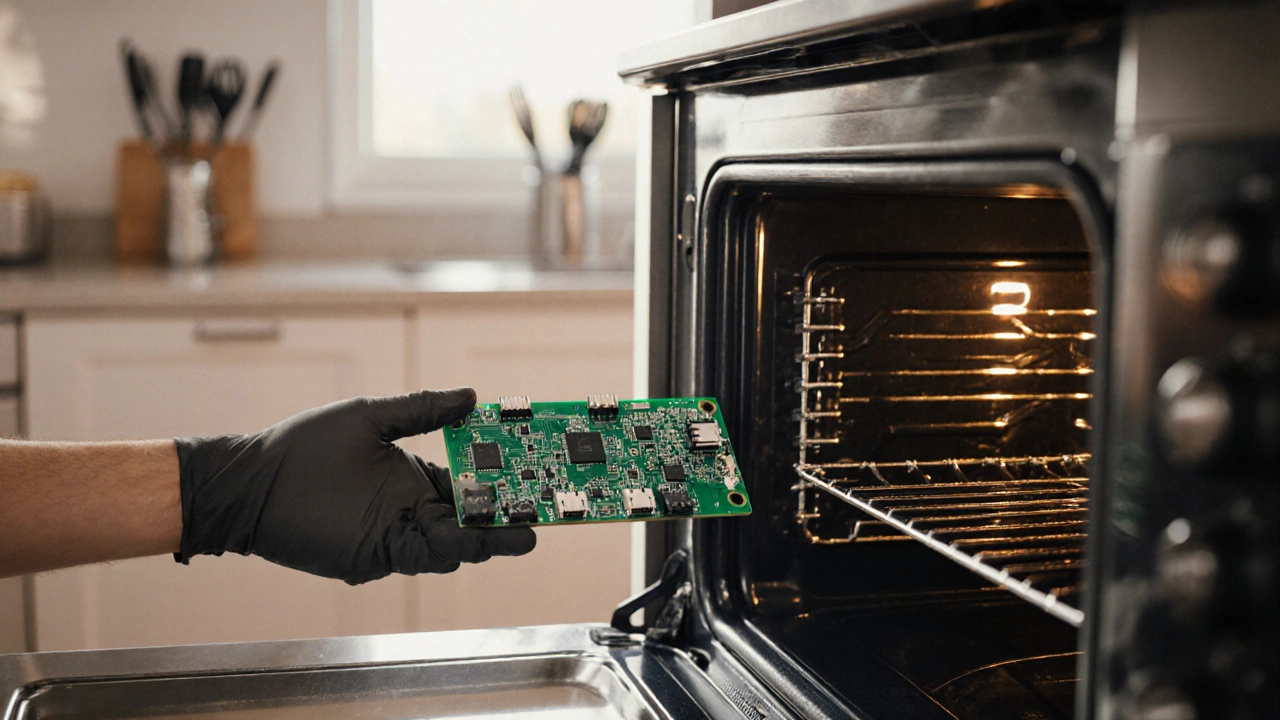
Learn the real cost to replace an oven control board, what factors affect price, DIY vs pro options, and how to keep your oven running smoothly.
If your fridge is humming weirdly or the dryer stops tumbling, the first thought is usually “how much will this fix cost?” The answer isn’t simple because many things affect the price. Knowing the main drivers helps you avoid surprise bills and decide if fixing or replacing makes more sense.
First, the type of appliance matters a lot. A dishwasher usually costs less to repair than a high‑efficiency washing machine because the parts are smaller and easier to replace. Second, the age of the unit is a big factor. Older models often need hard‑to‑find parts, which pushes the price up.
Third, the specific fault plays a role. A simple thermostat swap on an oven may be just £50‑£80, while a compressor failure in a fridge can easily hit £200‑£300 plus labour. Fourth, who does the work matters. Certified electricians or Gas Safe engineers charge more than a generic handyman, but you get peace of mind and compliance with safety regulations.
Finally, location and urgency affect the bill. If you need a same‑day visit in South Shields, expect a higher call‑out fee than a scheduled appointment a week away.
Here are typical repair ranges you might see:
If the repair cost exceeds about 50‑60% of a new appliance’s price, it’s usually smarter to replace. For example, a new mid‑range washing machine costs around £450‑£550. If the repair quote is £300, you might still replace, especially if the machine is older than five years.
Ask the technician for a detailed breakdown: labour, parts, and any call‑out fees. A transparent quote lets you compare offers and spot hidden charges.
Some quick ways to keep costs down include:
In short, understanding what drives appliance repair cost helps you budget, negotiate, and decide when a fix is worth it. Keep an eye on age, part availability, and the specific issue, and you’ll avoid overpaying while keeping your home running smoothly.

Learn the real cost to replace an oven control board, what factors affect price, DIY vs pro options, and how to keep your oven running smoothly.

Explore the real cost of fixing a glass hob, from crack repairs to full replacements. Discover money-saving tips and what affects your bill in 2025.